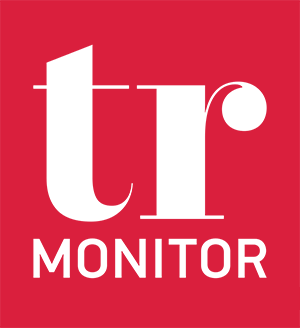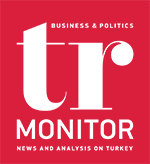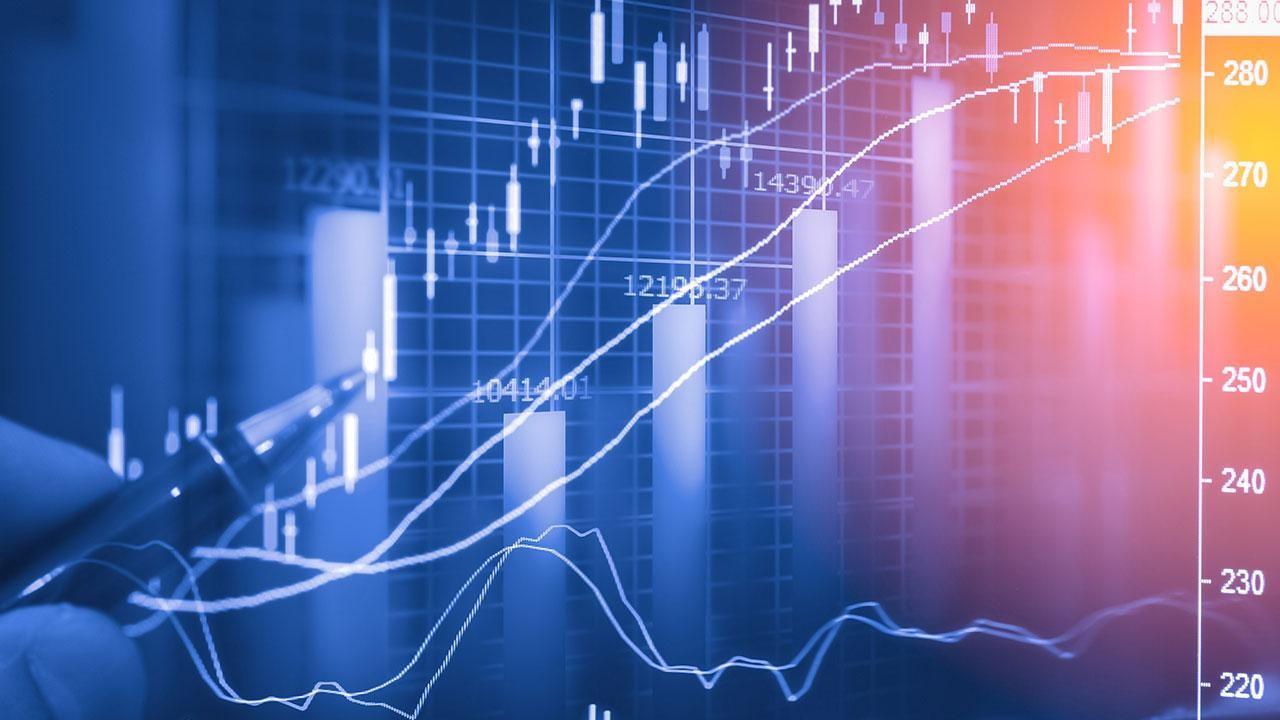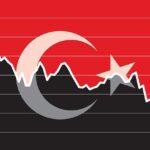BY ALAATTIN AKTAS
We may be at the beginning of March but, considering the current course of events, let’s not be surprised if March inflation reaches double digits, just like it did in December and January.
Let’s underline this reality.
The hikes, which broke records in December and January, were completely our own doing. Oil prices also had an impact on these increases; however, if we hadn’t stubbornly reduced the interest rate and jumped foreign exchange (FX) rates, inflation wouldn’t have reached double-digit levels. We saw a relatively low inflation figure in February thanks to the impact of residuals of previous months but the Russia-Ukraine war had not yet made an impact.
Now, the war is next door. Apart from the combatant nations, Turkey will be the country most affected by the war. This situation has already reflected on prices in March.
The result of the first calculation: Bad!
I made my first calculation regarding March inflation and a concerning picture emerged.
The thing that I calculated was just petroleum prices. I took into account the valid prices in the first seven days of March and sought to find out what would happen if the currently valid prices didn’t change until the end of the month. Let’s first recall the hike in fuel prices.
In line with the assumption that the prices implemented in the first seven days of March will be unchanged until the end of the month, gasoline prices will have increased by 21.8% on average in March, compared to the average of the previous month. The hike in fuel prices will reach 25.8% and the surge in liquefied petroleum gas (LPG) prices will hover around 16.4%.
The weight of these products in the Consumer Price Index (CPI) is clear. The impact of the price surge in gasoline, fuel, and LPG on March inflation will be 1.07 points if the rate of increase is applied to the weight of these products.
The 1.07-point effect won’t change if there is no hike in the price of these products, assuming the war ends, FX rates decline thanks to the end of the war, and product prices decline with a decrease in oil prices.
The total impact stemming from just these three items on the CPI has already reached 1.07 points.
Interestingly, the CPI increase was 1.08 points in March 2021. So, Turkey has reached the total increase seen last year with petroleum prices alone this year.
The 1.07-point direct impact on the CPI will indirectly raise the price of all goods and services if there are no new price hikes or the government doesn’t make a regulation to reduce prices upon seeing how bleak the future looks, such as waiving the Special Consumption Tax (SCT) or implementing a reduction of the Value-added Tax (VAT).
The sliding scale system was implemented last year when economic conditions were incomparably better than today. Why hasn’t that implementation been considered this year?
The double-digit figure is no surprise, considering other factors
Apart from the 1.07 impact from fuel prices so far, the effect of hikes will expand through supply chains, especially the impact of fuel. Apart from the indirect effects of petroleum price increases, there are many factors set to impact March inflation.
FX rate hike accelerates
The USD/TRY exchange rate rose by just 0.7% in February, as compared to January. This was the result of efforts to keep FX rates under pressure. Continuing to do so will gradually become harder. The average USD/TRY exchange rate rose by 2.9% in the first week of March, compared to the monthly average in February. The surge is likely to accelerate further. Plus, the impact of the conflict on tourism in the upcoming months will pave the way for an FX rate surge.
Is it necessary to repeat that the FX rate hike will raise prices?
Impact of the war to be seen in March
The impact of the Russia-Ukraine war wasn’t seen in February, especially in terms of inflation. We’ll see its effect in March, and we’ve already started to see it.
The surge in oil prices, natural gas prices, cereal prices including wheat, and imported sunflower seed oil prices can’t be denied.
The direct price surge in these products and the repercussions are evident.
The increase in petroleum prices is clear.
Wheat prices are breaking new records; won’t there be a corresponding price surge in bread prices?
The price of an order of fries will increase when the price of sunflower seed oil, which is becoming hard to come by, has increased that much.
Demand will increase
Ordinary people have had to become economists to calculate how to live with the limited wage they earn. Now, those watching the price of everything gradually increase will start to stockpile at home. This paves the way for demand inflation!
You can’t blame them! People will even buy gasoline bountifully if they can stockpile.
The annual increase is set to reach 68%
The double-digit CPI figure in March naturally means a minimum increase of 10%. This means that the annual inflation will reach 68%.
The group of products that people are most concerned about is food. The prices of food products have risen by 64% over the last year as of February. If a 10% surge emerges in the food and non-alcoholic beverages group, annual inflation will reach 79% in this group.










